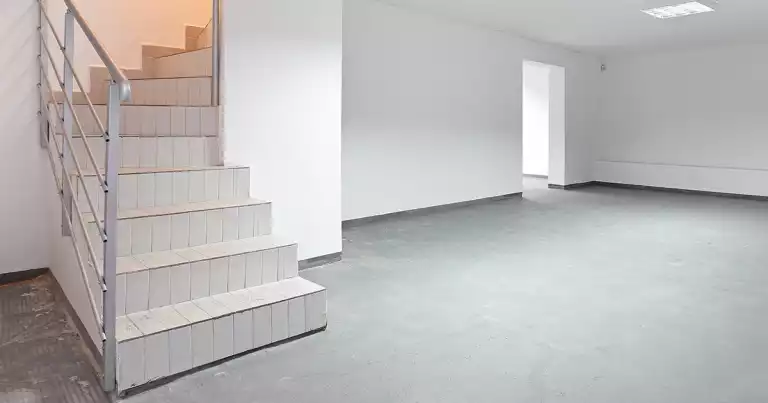Best Practices to Reduce Odors in Basement and Crawl Space
2 minute read
Basements and crawl spaces can have a certain…odor. Mold and mildew are the likely culprits. There can also be damage and waste caused by pests like termites, rodents, and insects. These issues are caused primarily by water leakage and excess humidity. Two signs of a poorly maintained basement or crawl space. And the worst part is, that air that starts in the basement can flow throughout the entire home. So how do you get rid of the smell to enjoy a Healthy Home? Let’s explore some best practices to reduce odors in your basement and crawl space.
How to Reduce Odors in Basement and Crawl Space
Insulate, Insulate, Insulate
The basement or crawl space can be one of the largest sources of energy loss and increased utility bills in the home. It’s crucial that you insulate doors in those spaces, whether they enter directly into your home or connect to the outside. Any pipes and ducts should be insulated as well. This will help regulate the air temperature in the basement and crawl space, which can help preserve a consistent environment throughout your home.
Identify Water Sources to Reduce Odors
Water seepage can spell disaster for your home. The mold and mildew can cause allergy symptoms and other health issues, and extensive water damage can even compromise structural integrity. Sitting water can also damage walls, floors, carpeting, woodwork, and furniture.
Mold and mildew are also major sources of odors in your basement and crawl space.
Basement waterproofing is the process of locating where water is entering your home and finding the best solutions to prevent it. Each case is different, but an experienced waterproofing specialist can help you decide on the best path for addressing the issues that are specific to your home. Most solutions involve one of four methods, or some combination of the four: interior, exterior, drainage, or sealant.
Consider a Dehumidifier
Basements and crawl spaces are often damp because of moisture present in the surrounding earth. It’s natural for this moisture to build up, and can often be solved by using a dehumidifier.
There are whole-home options available that are effective in the basement and beyond. Or you can install a room-size dehumidifier, which can remove moisture in problem areas. Consider the temperature and humidity level of your space, and where it’s located in your home when choosing the proper solution.
Is Sealing Necessary?
Sometimes the best solution is to seal off your basement and crawl space, preventing water seepage and dramatic temperature changes.
Crawl space encapsulation is the process of sealing off the walls and/or floors to prevent water seepage from the outside and to remove the risk of stale, humid air circulating throughout your home.
Talk to a pro about this option to see if it’s right for your home.

